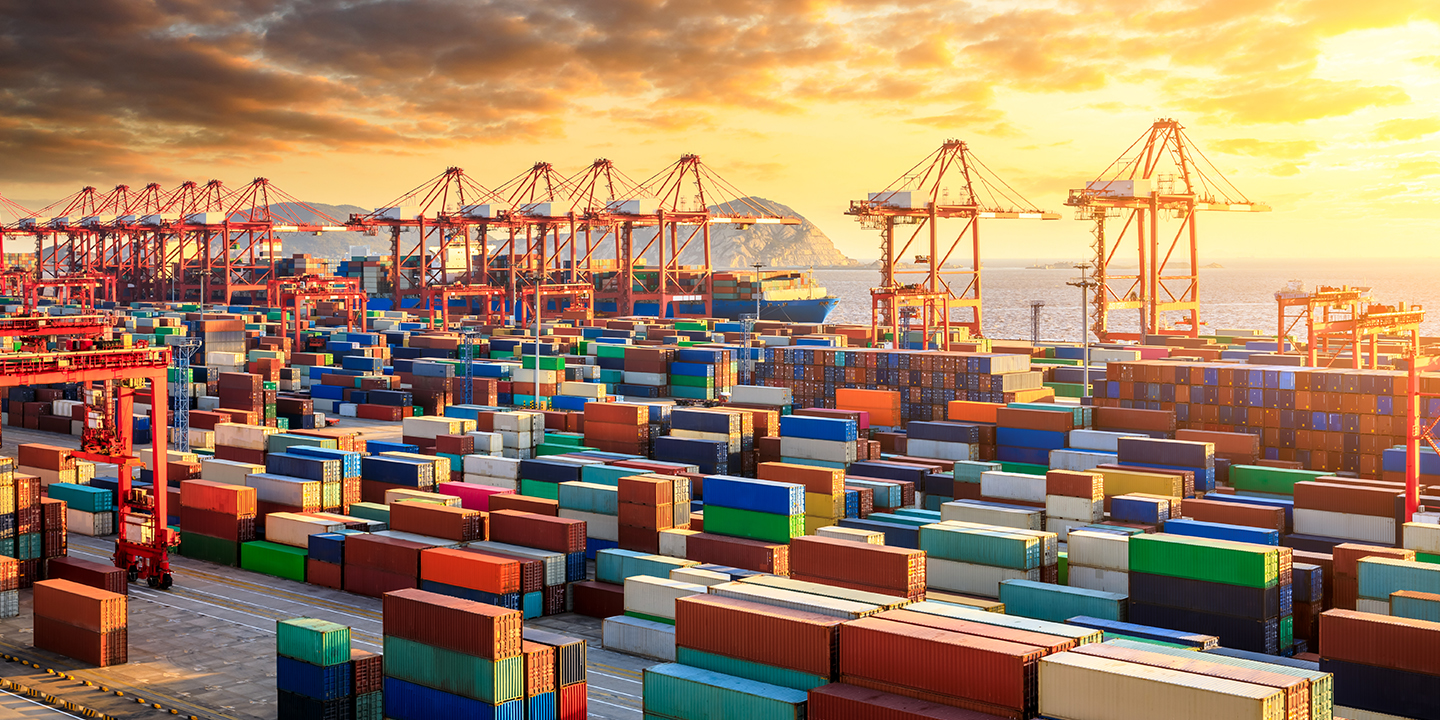There's been much discussion regarding Donald J. Trump's intention to increase tariffs on imports into the United States. Many economists have commented on how this would raise prices in the US and drive up inflation. However, few have examined the strategy behind Trump's comments, which can be found in a book by his trade adviser, Dr Peter Navarro, titled *The New Mega Deal*. Released a few months ago in conjunction with the Republican Convention, it's surprising that so few economists discussing Trump's tariffs seem to have read it.
Navarro, who taught at Harvard before joining Trump’s first administration, previously ran the White House Office of Trade and Manufacturing Policy. His recent book lays out Trump's trade policy in detail, particularly between pages 26 to 29. Navarro highlights how countries trading with the US operate under the World Trade Organization's most favoured nation rule. He starts with the example of automobiles imported into the US, where the tariff is just 2.5%. In stark contrast, when US cars are imported into the European Union, they incur a 10% tariff—four times higher—and a 15% tariff in China. In Brazil, the tariff reaches 35%, despite all these countries facing a mere 2.5% tariff when exporting cars to the US.
Navarro then examines the case of rice. When rice from Malaysia is imported into the US, it pays a 6.2% tariff, whereas US rice entering Malaysia faces a hefty 40% tariff. He also notes that European milk imported into the US incurs a 15% tariff, while US milk going to the EU faces a staggering 67% tariff. From a strategic game theory perspective, Navarro argues that the WTO's most favoured nation rule provides little to no incentive for high-tariff countries to lower their tariffs, allowing them to maintain their tariffs while benefitting from lower US tariffs.
According to Navarro's analysis during his time in the Trump White House, there are 132 countries whose tariffs on products imported from the US are higher than the tariffs imposed by the US. He suggests that if these countries reduced their tariffs to match those of the US, it could lower the US trade deficit by nearly 10%. This insight is crucial for understanding Trump's negotiation strategy. Should these countries refuse to reciprocate, the US could increase its tariffs to match theirs, resulting in a similar reduction of the trade deficit.
This approach could potentially create hundreds of thousands of new manufacturing jobs in the US, thereby strengthening its industrial and defence sectors. Trump aims to pursue this strategy through the proposed US Reciprocal Trade Act, which was initially introduced in the House of Representatives on 24 June 2019 but was blocked by Democrats. If Trump is re-elected, his administration will likely attempt to pass this bill again. Interestingly, Trump has claimed that he does not actually need this legislation, which might be his way of setting the stage for negotiations, suggesting he could use the threat of higher tariffs to encourage other countries to lower their tariffs on American goods.







